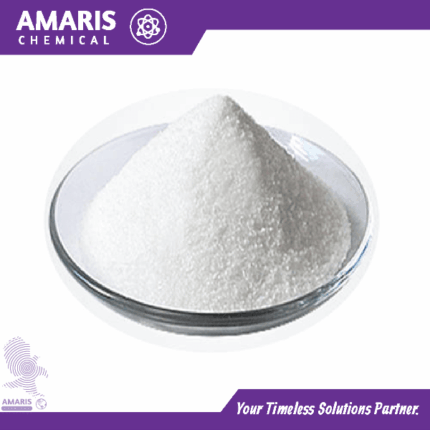Amylase Baking enzyme
Amylase baking enzyme plays a crucial role in the breakdown of starch molecules into smaller, more easily fermentable sugars. It is a naturally occurring enzyme found in various sources, including plants, animals, and microorganisms. In the context of baking, amylase is often derived from fungal or bacterial sources and is used to enhance dough fermentation and improve the texture and volume of baked goods.
When added to dough or batter, amylase acts as a catalyst, accelerating the conversion of complex starches into simpler sugars like maltose and glucose. These sugars can then be readily metabolized by yeast or other microorganisms, leading to increased fermentation activity. The breakdown of starches by amylase also contributes to the development of desirable flavor profiles in baked goods.
By facilitating starch degradation, amylase helps improve dough handling properties, increase bread volume, enhance crumb softness, and extend the shelf life of baked products. It is commonly employed in the production of bread, rolls, bagels, and other yeast-leavened goods, as well as certain pastry and confectionery items.
Overall, amylase is a vital baking enzyme that assists in starch hydrolysis, promoting fermentation and enhancing the quality of baked goods
Diammonium phosphate (DAP)
Diammonium Phosphate (DAP) is a water-soluble ammonium phosphate salt with the chemical formula (NH₄)₂HPO₄. It serves as an important source of nitrogen (18%) and phosphorus (46%), making it widely useful in agriculture as a high-efficiency NP fertilizer to promote plant growth. Beyond farming, DAP is used as a yeast nutrient in winemaking/brewing, a fire retardant in industrial applications, and a corrosion inhibitor in water treatment systems. It also finds roles in animal feed supplements, pyrotechnics, and laboratory reagents. With its alkaline pH (~8.0) and solubility, DAP is versatile but requires careful handling due to ammonia release when heated.



 LABORATORY EQUIPMENT & APPARATUS
LABORATORY EQUIPMENT & APPARATUS
 Fertilizers
Fertilizers Plant Growth Regulators
Plant Growth Regulators Soil Conditioners
Soil Conditioners Animal Feed Additives
Animal Feed Additives Biostimulants
Biostimulants Dough Conditioners
Dough Conditioners Flour Treatments
Flour Treatments Fat Replacers
Fat Replacers Preservatives (baking)
Preservatives (baking)
 Surfactants (cleaning)
Surfactants (cleaning) Builders
Builders Bleaching Agents
Bleaching Agents Enzymes
Enzymes Solvents (cleaning)
Solvents (cleaning) Fragrances
Fragrances























































